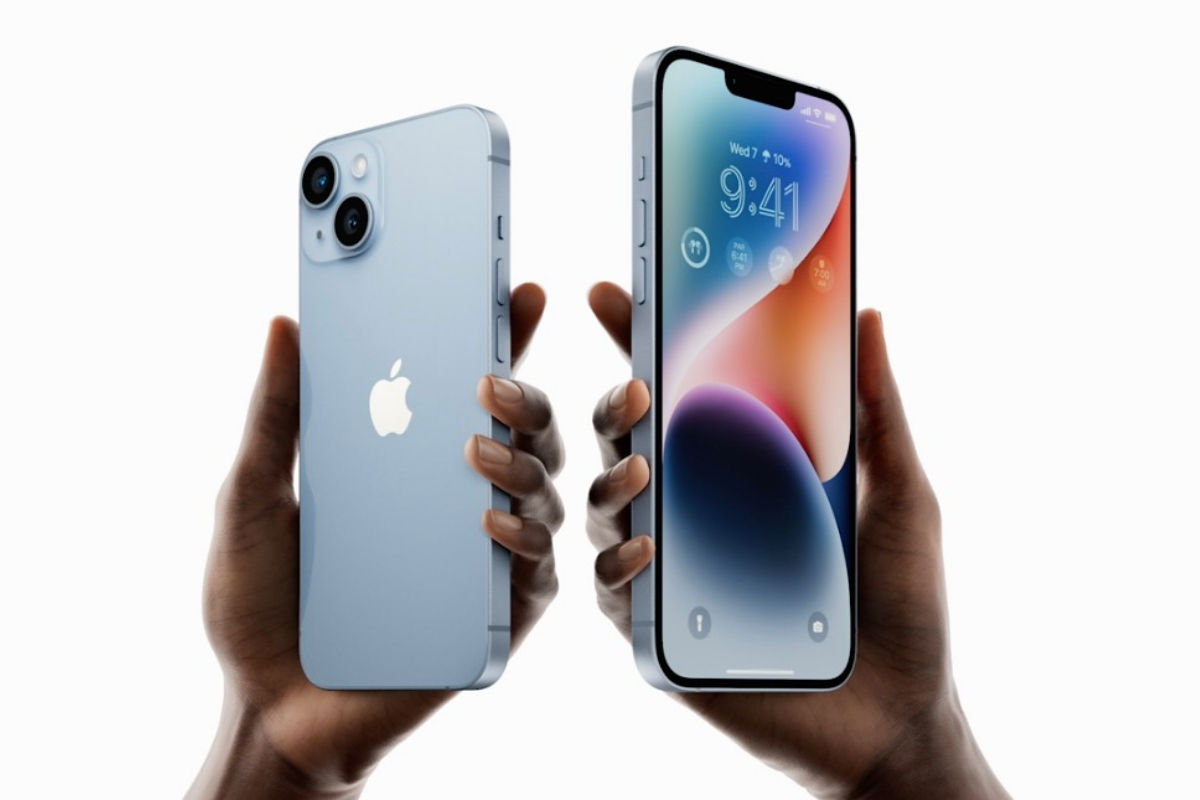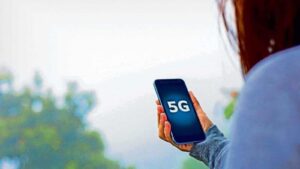
The iPhone 14 is now the benchmark for a standard iPhone, holding back on the extra camera and many additional units of currency required to get up to the Pro level. We often call it the best iPhone for normal people, as it strikes a healthy balance between performance, features and cost. But Apple has kept the iPhone 12 i around for another year, giving consumers a choice to buy the standard bearer from two years ago if they want to save more money. Would that be a wise choice, or should you go with the new model? Here’s our comparison of the iPhone 14 and iPhone 12.
How the designs compare
Apple gave the iPhone a facelift when it launched the 12 series. Out went the rounded design of the iPhone X, XS, XR and 11, replaced with squarer edges that harked back to the golden age of the iPhone 5 and original SE. This aesthetic has held steady through the iPhone 13 and now also appears on the iPhone 14.Take a look at these dimensions to see how similar they are to each other:
iPhone 14: 146.7mm x 71.5mm x 7.80mm; 172g
As you can see, they’re practically identical, except that the iPhone 12 is a little slimmer and lighter.At first glance, you won’t really notice a difference, at least from the front. Both sport a 6.1-inch display, replete with the notch, an aerospace-grade aluminum chassis, a Lightning port, a glass back, and a twin rear camera array.
The latter is one way to tell the models apart, as the iPhone 12 has the two lenses positioned in a vertical line, while the iPhone 14 lenses are positioned diagonally. There are also different color schemes available, with the 12 sporting exclusive shades of blue and purple, while you can find other shades of blue, purple, or green on the 14, alongside the traditional black, white, and (PRODUCT) Red options.
Both devices are certified with an IP68 rating, so they’ll fare equally well if dropped in the bath, plus there’s 5G support available for faster mobile network speeds.The displays on the iPhone 12 and the iPhone 14 appear identical. Both feature a 6.1-inch Super Retina XDR OLED panel, protected by the Ceramic Shield material that Apple claims is the toughest glass on any smartphone. You’ll also find 2532×1170 (460ppi) resolutions, 2,000,000:1 contrast ratios, True Tone, Wide Color Display (P3), and a peak HDR brightness of 1,200 nits.
But there’s one important difference: The iPhone 14 has a maximum (typical) brightness of 800 nits whereas the iPhone 12 only goes to 625 nits. This may sound overly technical, so boiling it down we get the simple fact that in everyday use, the iPhone 14 is quite a bit brighter than the iPhone 12. It’s also got a slightly smaller notch, though not so much that it’ll make a difference in your daily use.
Of course, the iPhone 14 also comes in a larger variant, the iPhone 14 Plus, so if you want an even bigger display, then the 6.7-inch OLED panel on that model is one to consider.
iPhones are renowned for their cameras and Apple usually adds a feature or two each year to improve this area of the device. On paper the two share quite a few specs, but the iPhone 14 definitely has the edge when it comes to optics.
The iPhone 12 has a decent array of talent in the photo and video department, thanks to its dual 12MP rear cameras comprised of f/1.6 (Main) and f/2.4 (Ultra Wide) lenses. These feature Optical Image Stabilization to get rid of any shakes, join together to offer a 2x optical zoom, and can shoot some lovely photos that are made even better thanks to the Smart HDR 3 capabilities alongside Night and Portrait modes. Video goes up to 4K/60fps or HDR video which tops out at 4K/30fps. All in all, a very usable set of skills for the budding iPhoneographer.
These are trumped, though, by upgrades in the iPhone 14 which include a faster f/1.5 main lens, sensor-shift stabilization for even smoother images and video, plus the new Photonic Engine to generally improve details and color balance, particularly in Night mode.
Apple also adds Smart HDR 4 for photos and Cinematic mode for video that allows you to have a movie-style shallow depth of field when focusing. There’s also the new Action mode which can keep video steady even when you’re moving at pace.
There’s also an upgrade to the front camera, with the iPhone 14 coming with a faster f/1.9 12MP TrueDepth camera (besting the f/2.2 one in the 12), plus the same improvements to Smart HDR, Cinematic modes, HDR video recording, and the inclusion of the Photonic Engine.The iPhone 12 is a great device for taking photos and videos, but the iPhone 14 is simply a bit better.

